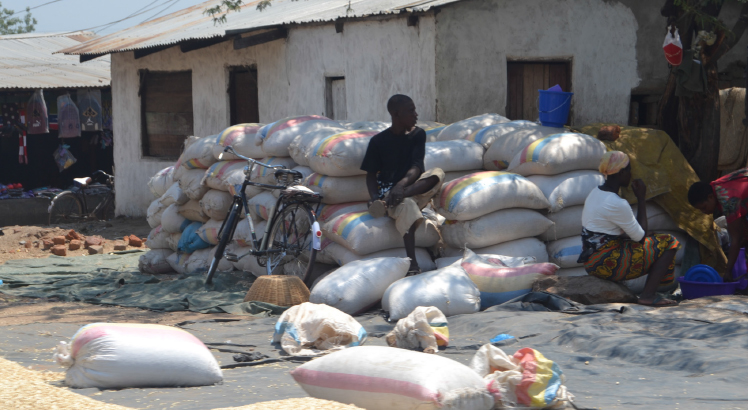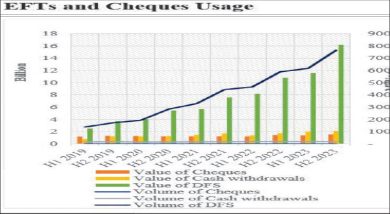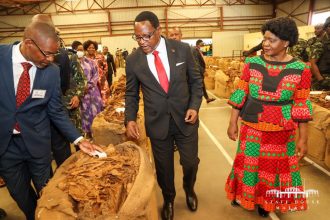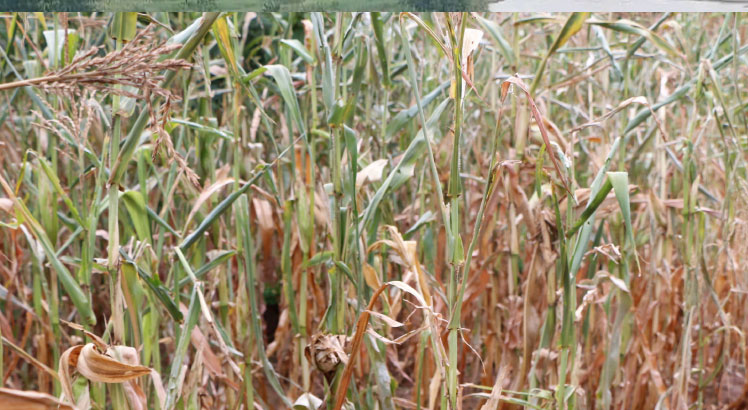Malawi maize prices lowest among peers
Despite costing higher for the average local consumer, retail maize prices in the country are lower than in neighbouring countries, a situation analysts fear could fuel informal exports and affect supply on the domestic market.
Data compiled by the International Food Policy Research Institute (Ifpri) shows that low prices maize prices mainly on account of weak kwacha are pushing neighbouring countries to opt for maize from Malawi which has become cheaper.

Reads the report in part: “At the market rate K1 620 per dollar which is used for informal imports and exports, retail prices of maize in Zimbabwe, Zambia and Tanzania were higher than in Malawi.
“On the other hand, the new maize on the Malawi market was trading at or below the government-mandated minimum farm-gate price in 18 of the 26 monitored markets by the end of April.”
Agriculture policy analyst Tamani Nkhono Mvula said in an interview yesterday that the low prices, mostly linked to the weak kwacha and improper pricing model, if left unchecked would affect supply.

He said: “This at the end of the day will lead to a huge outflow of maize to the neighbouring countries in the process creating a shortage on the local market and this has implications on food security because much of this could not have been here in Malawi.
“If it comes back, which eventually happens, it will be at a high price which many farmers will not afford to buy. This should be corrected by capacitating State institutions to go out and mop the maize and use it for price stabilisation when prices start to rise.”
In its latest analysis on maize trade, Centre for Social Concern (CfSC) indicated that Malawi farmers are losing out on the maize trade as prices are way below set minimum prices.
CfSC executive director James Ngahy linked the situation to the delay in opening Agricultural Development and Marketing Corporation (Admarc) markets.
He said situation has forced vulnerable smallholder farmers to sell most of their crops to vendors to enable them to buy basic necessities.
“This results in increased household food insecurity and poverty. All this implies that the delay by Admarc to buy crops, including maize leads to national food insecurity and poverty since vendors buy the crops below minimum prices,” he said.
Admarc spokesperson Agnes Ndovi told the May 9 2023 edition of The Nation that the State produce trader will start buying crops such as groundnuts, beans and soya beans but will not buy maize in the interim.
National Smallholder Farmers Association of Malawi (Nasfam) chief executive officer Bettie Chinyamunyamu in an earlier interview admitted that some farmers are selling their produce below minimum prices out of desperation due to desperate need of cash and lack of markets.
“Government has a responsibility to ensure that there us adherence to the minimum prices and the most successful way to do that is to defend that price by capacitating Admarc to buy at that price,” she said.
Maize is an important crop to the country, and as part of food, contributes about 53.7 percent to the Consumer Price Index, an aggregate basket of goods and services for computing inflation. This means shortage of maize has a direct bearing on inflation. This year’s maize surplus was estimated at 360 000 metric tonnes (MT) from a production of 3.56MT, which experts said would not be enough to have a positive impact on food prices.





